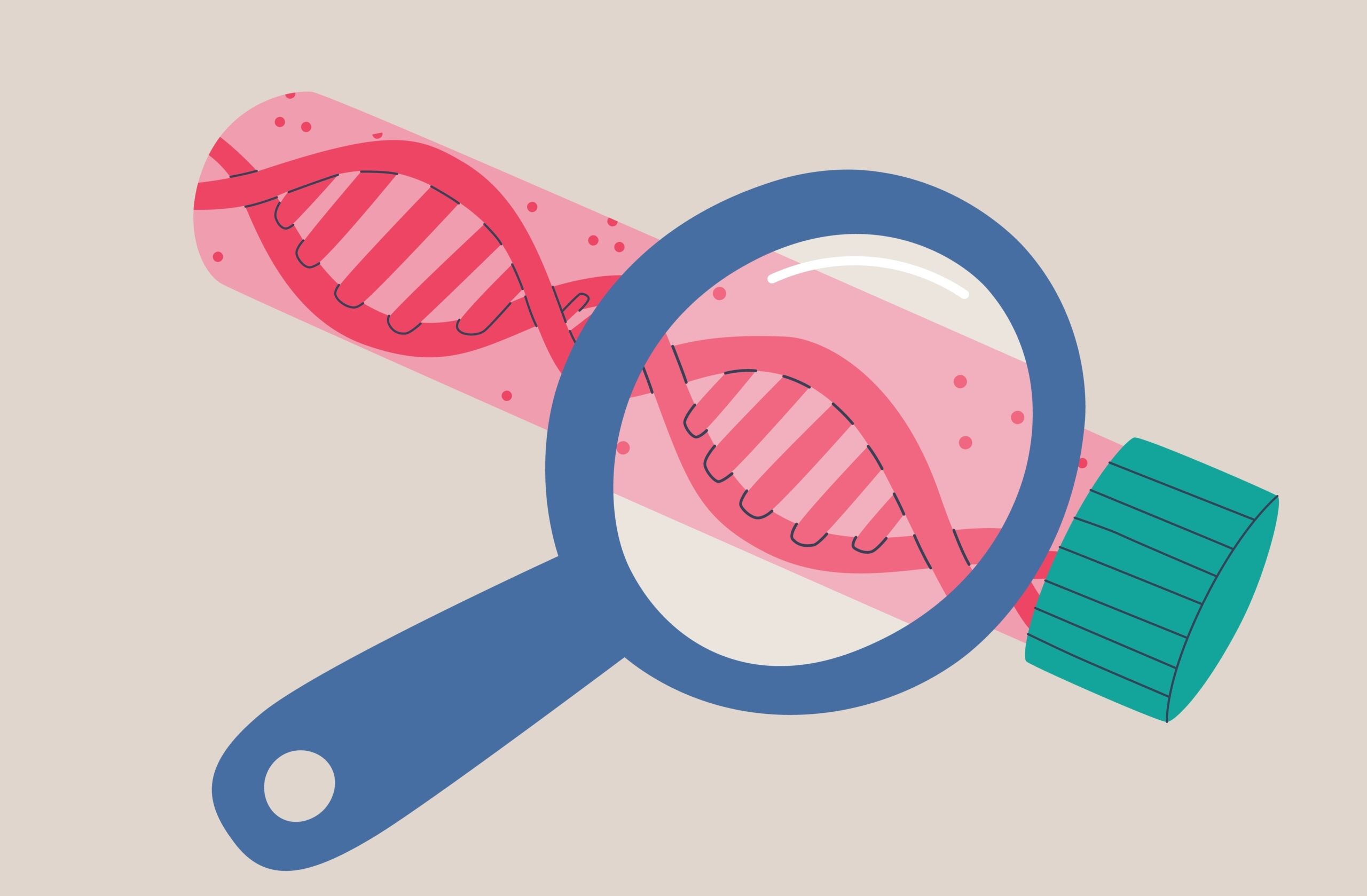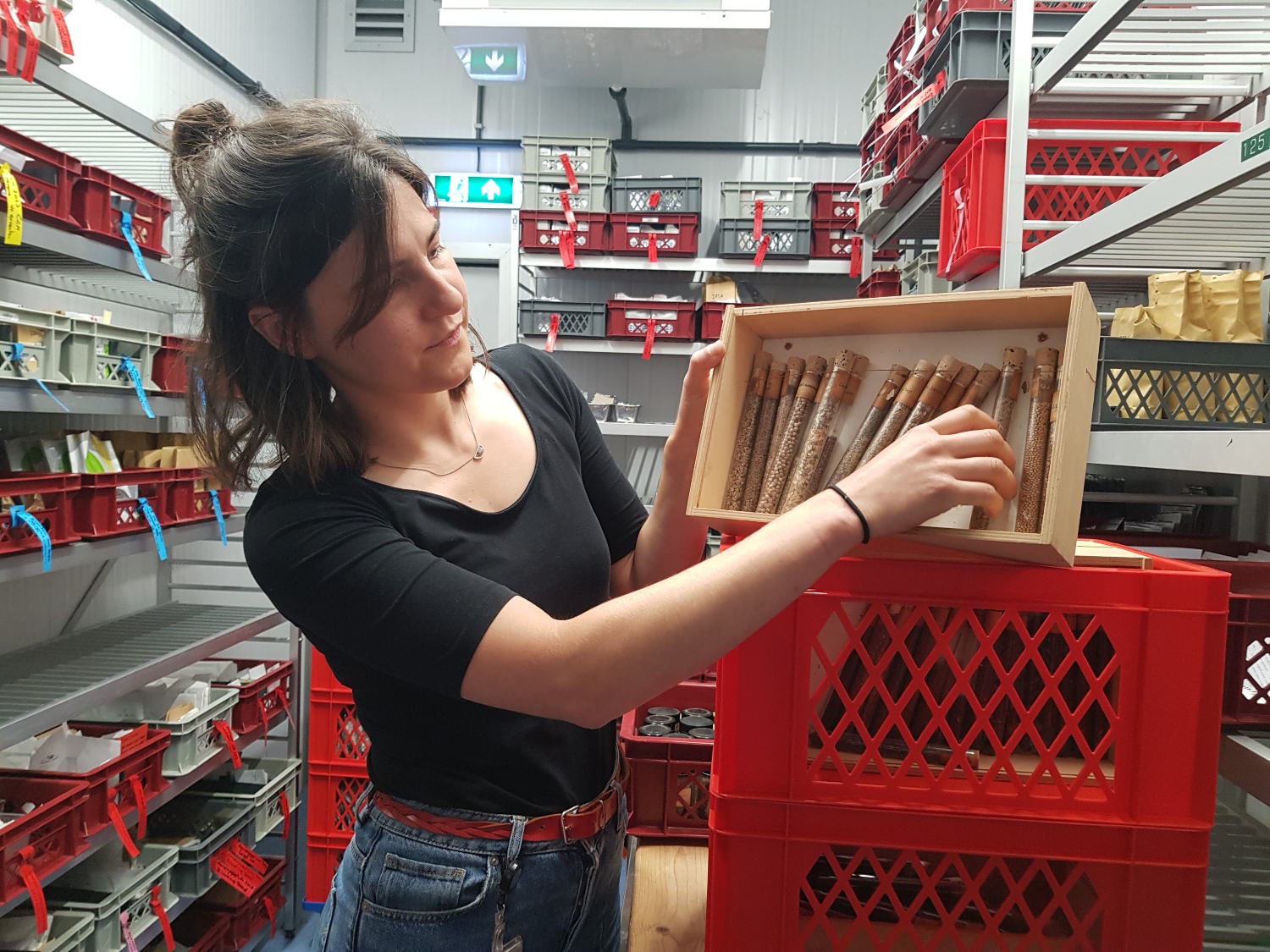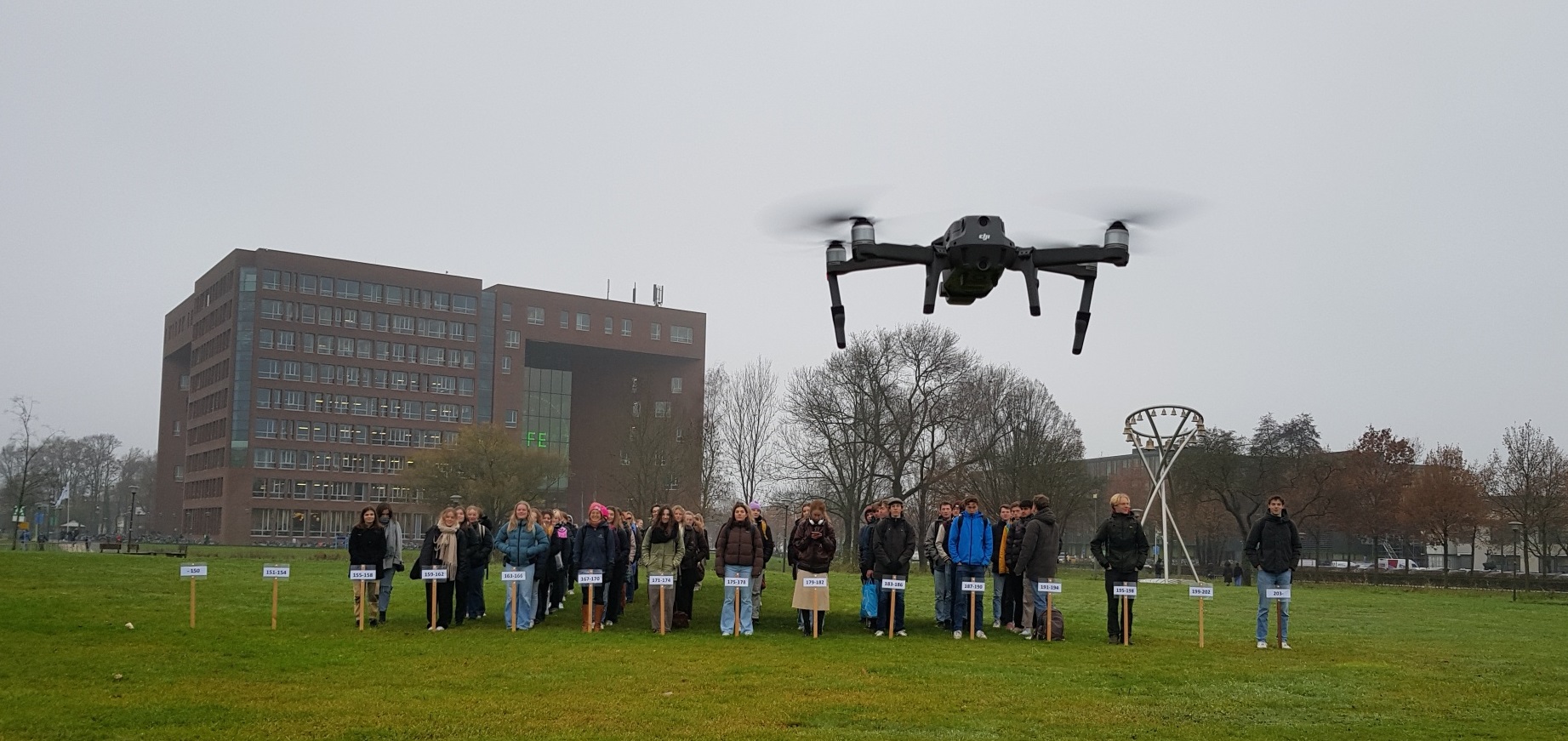Different cultures of the same mushroom variety do not mix. In fact, they are at each other’s proverbial throats. A challenge for growers, says geneticist Ben Auxier. He discovered one of the genes that help recognise the other as ‘foreign’ or non-self. This may open the path to a solution. He recently obtained his PhD with honours on his research.
‘When a mushroom farmer mixes the compost of different producers, a problem arises’, Auxier explains. ‘The two don’t mix, and hardly any mushrooms grow. It may result in as much as a 90 per cent loss in production. Individuals from different cultures compete. Growers are thus restricted to a single individual, and this issue prevents breeding.’
First step
How does a fungus recognise a different fungus as non-self? Auxier: ‘When we started this project, we had no idea what genes are involved in that recognition. Not even on what part of the genome we should search. We wanted to take a first step.’ With success, it turns out. Auxier believes he identified the first gene involved in recognising others. ‘We believe there to be more, but this is a start.’
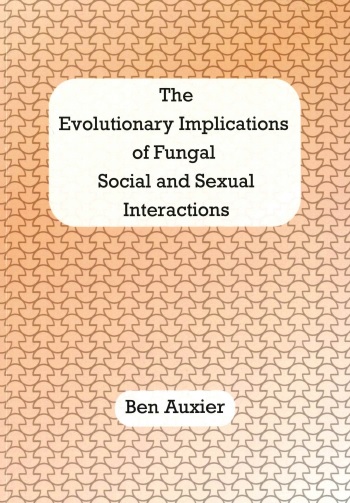
Auxier (Laboratory of Genetics) and the Mushroom Research Group tracked down the gene by crossing a mushroom with its parent. ‘Inbreeding, so to speak’, he explains. Repeating this process resulted in offspring that are very similar to the parent but that the parent still recognises as different. ‘We genetically compared the individuals. In the small region of the genome where they differ, we managed to identify the gene.’
Three parts
The proof is not yet airtight. But there is no doubt that he has tracked down the recognition gene, particularly as the identified gene is similar to well-known NLR genes, which are related to immunity in other organisms. Auxier: ‘In other words, reacting to individuals that differ from you. An essential difference is that our gene is scattered on the genome in three parts while forming a single gene in other organisms.’
The issue now is that we have only identified one gene; there still is work to do
Ben Auxier, Laboratory of Genetics
Knowledge about the recognition mechanism opens ways to breeding mushrooms. ‘In a breeding programme, you could select individuals that have the same recognition genes but different growth properties. They should be compatible and be able to mix. The issue now is that we have only identified one gene; there is still work to be done.’
Removing the genes through CRISPR-Cas would be easier. ‘But that is GMO’, Auxier states, ‘and that is a sensitive issue within the EU. Moreover, in order to be successful, you must know the identity of all the genes.’

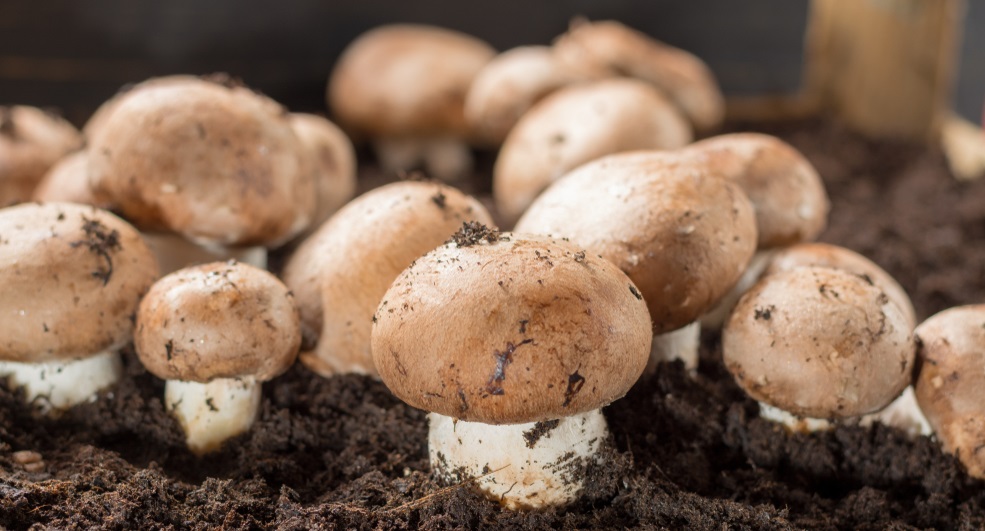 Photo Shutterstock
Photo Shutterstock 